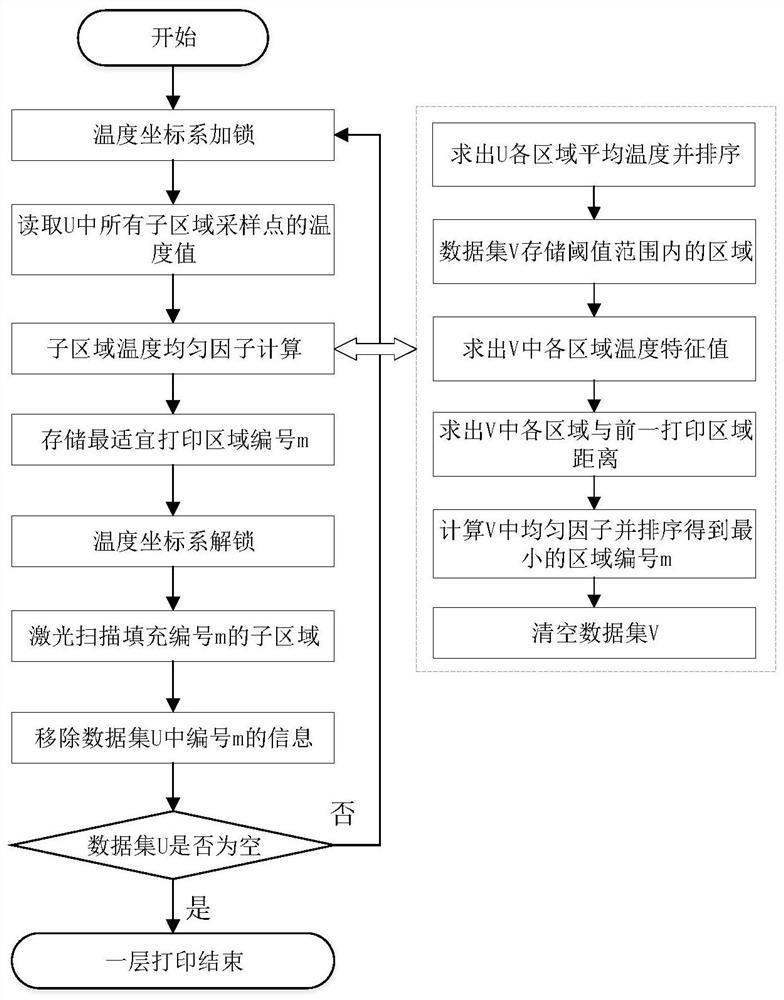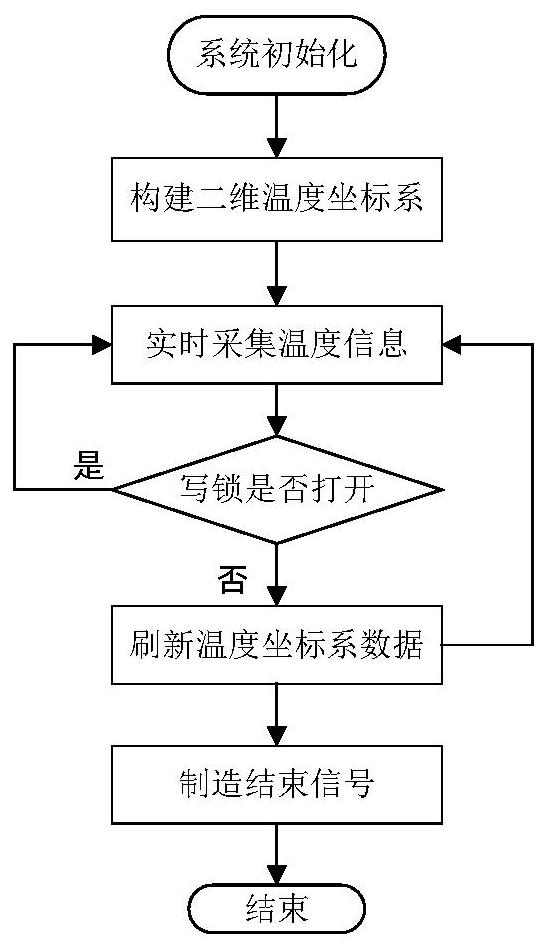A real-time path planning method for laser selective melting based on temperature uniformity
A laser selective melting and real-time path planning technology, applied in the field of additive manufacturing, can solve problems such as real-time adjustment, temperature information lag, and large randomness, and achieve the effect of improving algorithm efficiency, improving calculation accuracy, and ensuring real-time response
- Summary
- Abstract
- Description
- Claims
- Application Information
AI Technical Summary
Problems solved by technology
Method used
Image
Examples
Embodiment Construction
[0031]In order to make the object, technical solution and advantages of the present invention clearer, the present invention will be further described in detail below in conjunction with the accompanying drawings and embodiments. It should be understood that the specific embodiments described here are only used to explain the present invention, not to limit the present invention. In addition, the technical features involved in the various embodiments of the present invention described below can be combined with each other as long as they do not constitute a conflict with each other.
[0032] Such as figure 1 As shown, a real-time path planning method for laser selective melting based on temperature uniformity mainly includes the following steps:
[0033] Step 1: Study the change law of SLM temperature field and its influencing factors, and design the temperature uniformity factor.
[0034] (1) Filter all blocks to be printed. Prioritize printing in areas with lower average ...
PUM
 Login to View More
Login to View More Abstract
Description
Claims
Application Information
 Login to View More
Login to View More - R&D
- Intellectual Property
- Life Sciences
- Materials
- Tech Scout
- Unparalleled Data Quality
- Higher Quality Content
- 60% Fewer Hallucinations
Browse by: Latest US Patents, China's latest patents, Technical Efficacy Thesaurus, Application Domain, Technology Topic, Popular Technical Reports.
© 2025 PatSnap. All rights reserved.Legal|Privacy policy|Modern Slavery Act Transparency Statement|Sitemap|About US| Contact US: help@patsnap.com



